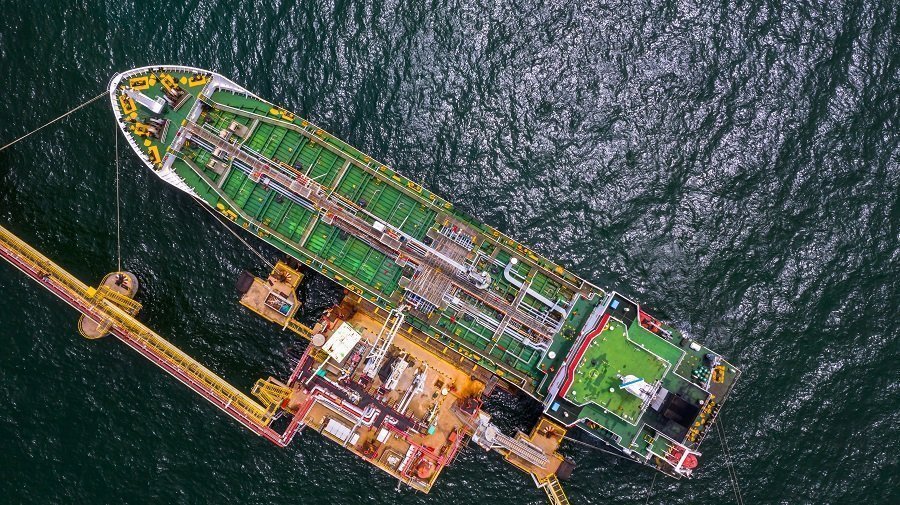Oil prices continue to rise amid supply concerns following Ukraine’s attacks on Russian refineries. Prices rose slightly in Asia on Thursday, supported by a three-month low in US gasoline stocks, an unexpected decline in crude stocks, and strong demand.
May Brent futures were up 19 cents, or 0.23%, at $84.22 a barrel at 03:47 GMT, while April WTI crude was up 15 cents, or 0.19%, at $79.87 a barrel.
Both contracts rose nearly 3% to a four-month high on Wednesday, driven by a rising U.S. demand outlook and rising geopolitical risk.
The market also reacted to increased geopolitical risks after Ukraine attacked Russian refineries with drones. Russian officials said Ukraine hit refineries in the Rostov and Ryazan regions after causing serious damage to Lukoil, which opened a new refinery in Nizhny Novgorod on Tuesday.
A drone attack caused a fire at Rosneft’s refinery in Ryazan. The refinery was forced to shut down its two main oil refining units, two sources familiar with the situation said.
Strong US product exports caused gasoline inventories to fall to a three-month low. Rising gasoline prices support crack spreads for refineries.
According to the Energy Information Administration (EIA), US gasoline inventories fell for the sixth consecutive week, dropping 5.7 million barrels to 234.1 million barrels; This tripled expectations for a decline of 1.9 million barrels.
While motor fuel inventories on the US Gulf Coast fell to their lowest level since November 2022, final supplies of motor gasoline, an indicator of demand, increased by 30,000 barrels per day for the first time this year, reaching over 9 million barrels per day. Accordingly, crude oil fell unexpectedly as processing rates increased.
Supportive on the demand front, the US purchased around 3.25 million barrels of oil for the country’s Strategic Petroleum Reserve for August delivery.
Additionally, concerns about how crude oil production will fare in March, given the increase in February, put pressure on prices.
However, supply-side developments are not supportive of prices; OPEC+’s February production shows poorer compliance. Iraq continued to remain non-compliant for the second month. Nigeria’s oil production is also rising steadily, reaching 1.476 million barrels per day (bpd) in February, the highest level in more than three years.

